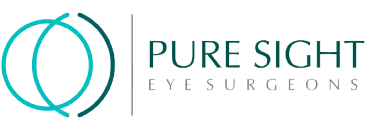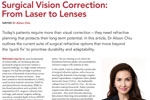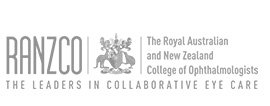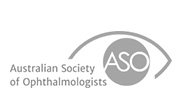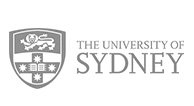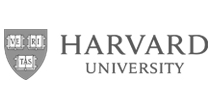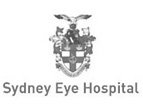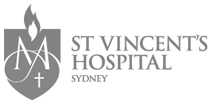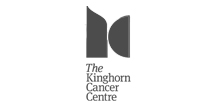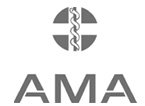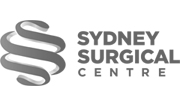Today’s patients require more than visual correction – they need refractive planning that protects their long-term potential. In this article, Dr Alison Chiu outlines the current suite of surgical refractive options that move beyond the ‘quick fix’ to prioritise durability and adaptability.
Refraction may be the most fundamental of clinical skills, yet translating this into permanent surgical correction remains a nuanced challenge. As a high-volume refractive surgeon, I’ve had the privilege to perform many tens of thousands of procedures across the spectrum of vision correction – from laser-assisted in situ keratomileusis (LASIK), small incision lenticule extraction (SMILE), and photorefractive keratectomy (PRK) to lens-based procedures such as phakic IOL implantation (ICL surgery), refractive lens exchange, and cataract surgeries utilising monofocal, extended depth of focus (EDOF) and multifocal (MF IOL) intraocular lenses.
While laser-based options like LASIK are well-established and well-known for correcting low-to-moderate myopia, hyperopia, and astigmatism, the refractive landscape has evolved. Increasingly, we are seeing younger patients present with higher degrees of myopia at earlier ages – a trend driven by lifestyle, environmental, and genetic factors contributing to what is now widely recognised as a global myopia epidemic. These patients not only require precise correction today but also deserve long-term strategies that preserve the integrity and potential of their eyes for the future. ICL surgery is one such strategy to address this.
At the same time, we are entering a new era of presbyopes. These are not the patients of decades past who reluctantly accepted reading glasses as an inevitable part of ageing. Today’s presbyopes are active, engaged, and image-conscious individuals – often in their 40s and 50s – who view reading glasses as intrusive and incompatible with their professional, personal, and digital lifestyles. They seek clarity not just of sight, but of identity. Meeting their expectations requires refractive solutions that go beyond convention – approaches that restore function without compromise. For presbyopia correction, our surgical refractive options include laser-based corneal procedures, ICL-based procedures, and more definitive refractive lens exchange procedures.
Fortunately, our expanding IOL toolkit now includes low-add EDOFs, multifocal IOLs, multifocal hybrid IOLs, and AI-optimised optics.1 We are entering an era where the boundaries between phakic and pseudophakic refractive surgery will continue to blur.
In this article, I aim to outline the current suite of surgical refractive options, with a focus on meeting the demands of increasingly complex patient expectations. I emphasise where phakic intraocular lenses (IOLs) – the implantable collamer lens (ICL) and ICL Viva – fit into our decision-making framework. Today’s patients require more than just immediate visual correction – they need refractive planning that protects their long-term potential, and we must prioritise the robustness and flexibility of the solutions we offer. From corneal to lens-based surgery, and from today’s optics to tomorrow’s AI-guided lenses, this is the evolving pathway to pure sight.
Mivision is the key communication platform for the eye care sector in Australia, New Zealand, Asia and India. Our aim is to enhance the patient pathway and influence patient outcomes by sharing knowledge and improving communication within the eye care professions.
Circulation 19,000
